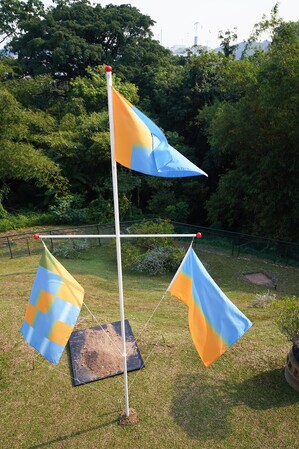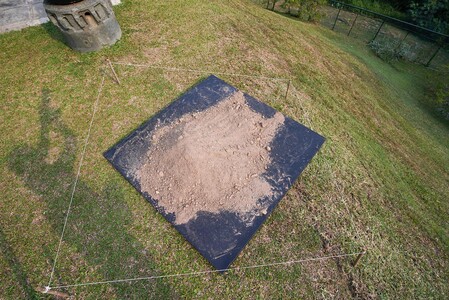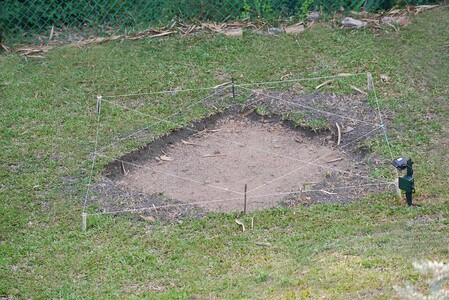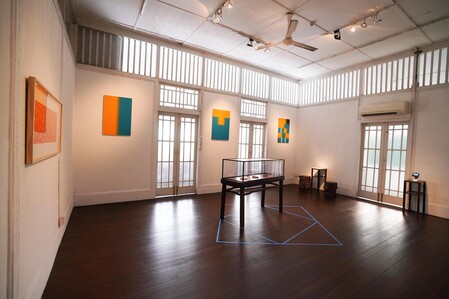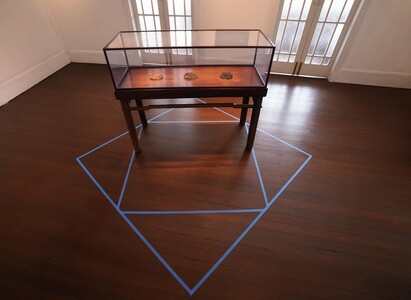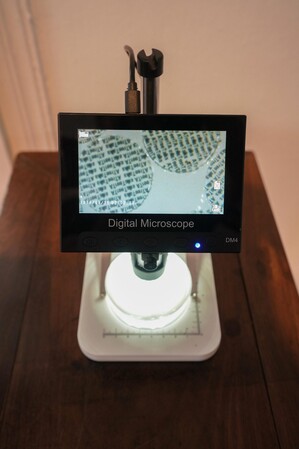Solo Exhibition 28 Temenggong Road, Singapore
This exhibition is held in tandem with Tang Holding’s gift of Raffles’ personal letters and memorabilia to the National Museum of Singapore, and the opening of the National Museum’s exhibition “An Old New World: From the East Indies to the Founding of Singapore, 1600 – 1819”, supported by the Singapore Bicentennial Office.
This year is the Bicentenary of Stamford Raffles’ arrival in Singapore. Conventionally, the arrival of Raffles (and William Farquhar, later appointed the first Resident of Singapore) is told in a concise manner, lending itself to a general understanding that the history of modern Singapore began in 1819. Much is known about Raffles as an agent of history: we know the Dutch did not like him; we know he fell out with Farquhar and claimed credit for the founding of Singapore. Much of what we know about colonial history, for a long time, has relied on official records from the India and Colonial Offices.
Among the items donated to the National Museum are Raffles’ own copy of his book, History of Java (published 1817). From the beginning, in the Introduction, it is amply clear that the context of Raffles’ recordings are a ‘stock-take’ of the archipel. As has already been pointed out by scholars (most recently in the exhibition Raffles in Southeast Asia at the Asian Civilisations Museum (Jan – April 2019), this documentation of Java, its natural resources, its peoples and culture, is no benign anthropological project: the better one masters the knowledge of the land and its people, the better to master the land itself.
But colonial life was not one homogenous account. Lying beneath the layers of political histories are personal aspirations, dreams, hopes, adventures – sometimes fulfilled, sometimes dashed. An excavation of textual archaeology uncovers the personal longings and stories that provide the foundation of Singapore’s being, and becoming. The Letters and Books of Sir Stamford Raffles reveal the personal affections of Raffles for his intimate circle, a side of him that is rarely portrayed in public accounts of his activities. In a fundamental way, these letters, and their intentions, differ very little from the missives, qiaopi (侨批), jiashu (家书), and other types of letters sent home by those who came from afar. [i] Diaries or chronicles kept by other scribes or sojourners give away the intimate experiences of personal life and thoughts. These materials give us the jiva (Sanskrit: the life force) that humanises our histories, at the same time expresses the jiwang (寄望; longings, aspirations) of actors and sojourners. The linguistic melange in the terms jiva/jiwa/jiwang, and those found in the textual sources, reflect the patterns and dynamics of transplantations and rootedness in our long history.
These textual finds are taken as another point of departure for this proposed joint exhibition by young artists Fyerool Darma and Boedi Widjaja. Together with the location of the exhibition site, 28 Temenggong Road, the ‘ephemeral’ interacts with the ‘physical’, providing the opportunities to interrogate histories and geographies, to uncover the present, and to enquire into the future. Working with the ‘biographical’ (Fyerool) and the ‘autobiographical’ (Boedi) through unseen layers of encoding, the works in this exhibition seek to propose counterpoints with ‘sources’ from alternative origins, to begin to address the imbalance in our approach to historical narratives.
[i] (It may be interesting at this point to also note the coincidence that the origins of Tang Holdings, the donors, trace back to Tan Choon Keng, better known as CK Tang, who was also a migrant who had come to Singapore from Shantow, China in 1923, in search of his fortunes.)
More Pictures:

